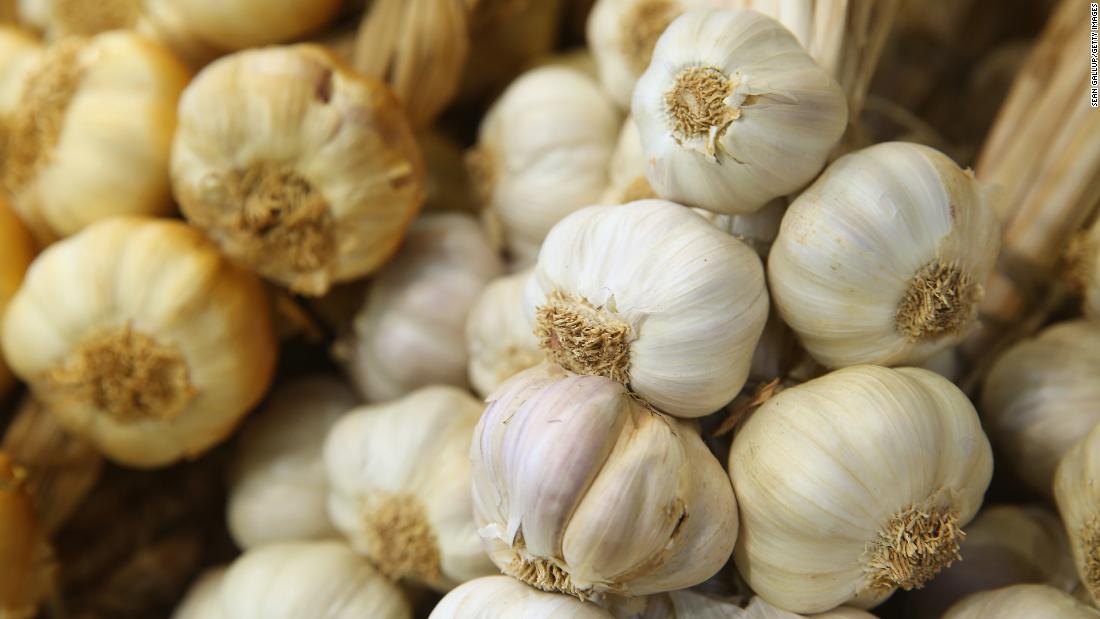For centuries, garlic has been used for a variety of medicinal purposes. From ancient Egyptians to modern-day herbalists, the use of garlic in folk medicine is widespread.
But how much do we know about the myths and facts surrounding this herb? In this article, we explore the truth behind some of these long-standing beliefs about garlic’s role in folk medicine. Well look at what research says about its potential benefits and discuss any possible risks that may be associated with using it as an alternative form of treatment.
With this knowledge in hand, you will be better equipped to decide if garlic is right for you.
Overview of Garlic in Folk Medicine

Garlic has been used as a folk medicine for centuries, believed to possess qualities that can both heal and protect against illness. Studies have suggested that garlic may have anti-inflammatory properties, may reduce blood pressure, and could help lower cholesterol levels.
It is also thought to boost the immune system, aiding in the prevention of common colds and other illnesses. Garlic’s healing powers are not limited to physical ailments; it is said to help promote good mental health as well by reducing stress hormones and calming anxiety.
While there is no definitive proof of its medicinal benefits, many cultures around the world continue to use garlic in traditional remedies. In this article, we will explore some of these myths surrounding garlic’s role in folk medicine and separate fact from fiction when it comes to its potential health benefits.
Historical Uses of Garlic for Healing

Garlic has been used for centuries in the folk medicine of many cultures, mostly as a natural remedy to help treat and prevent various ailments. In ancient Egypt, garlic was given to workers to increase their strength and energy while they built the pyramids.
During World War II, garlic was used in Europe as an antibacterial agent due to its antiseptic properties. In India, it is believed that garlic helps protect against seizures and malaria.
Ancient Greeks reportedly consumed large amounts of garlic because it was thought to be an aphrodisiac; some also believed that consuming too much could lead one astray from moral behavior! In traditional Chinese medicine (TCM), garlic is considered a warming herb with anti-inflammatory properties which can help reduce symptoms such as sore throat or colds. It is also said that eating raw cloves can help boost circulation and immunity levels in the body.
Garlic may even have anti-cancer benefits – studies suggest that regular consumption may reduce the risk of certain types of cancers including lung cancer and prostate cancer. The healing power of garlic is not limited just to humans; veterinarians often use it as a treatment for parasites in animals such as horses or dogs using either fresh cloves or supplements made from dehydrated bulbs ground into powder form.
Last but not least, recent research suggests that consuming raw crushed cloves might be beneficial for our gut bacteria -which play an important role in overall health- by helping them thrive and survive within us!
Common Myths Surrounding Garlics Health Benefits

One of the common myths surrounding garlic’s health benefits is that it can cure any ailment. This myth has been perpetuated for centuries, but in reality, there is no scientific evidence to support this claim.
Another misconception is that consuming raw garlic will provide maximum health benefits. While eating raw garlic does have some advantages, cooking or lightly sautéing it can make certain beneficial compounds more bioavailable to the body.
Additionally, many people assume that garlic consumption will reduce their risk of cancer or heart disease drastically – While research has shown a link between regular intake and improved cardiovascular health, it’s important to note that other lifestyle factors also play a role in reducing these risks. Finally, some believe that taking supplements containing large amounts of garlic provides equal benefit as eating fresh cloves – however, this isn’t true since supplements typically contain lower concentrations of active compounds than what you’d get from natural sources like fresh cloves or minced paste.
Scientific Evidence Examining the Reality Behind Garlic Medicinal Properties

Over the centuries, garlic has been used to treat a variety of ailments. In folk medicine, it is believed that garlic can provide relief from everything from colds and flu to heart disease and cancer.
But what does the scientific evidence say about these claims? This article will explore the myths and facts behind garlic’s purported medicinal properties by examining several key studies. The first study looked at whether or not eating raw garlic could reduce cholesterol levels in people with high cholesterol who were already taking statin medications. The results showed that adding raw garlic to their diet did indeed lower LDL (“bad”) cholesterol levels more effectively than when only statins were taken alone.
Another study focused on whether or not consuming aged garlic extract could reduce systolic blood pressure in hypertensive patients over eight weeks. The results indicated that those taking aged garlic extract experienced greater reductions in systolic blood pressure compared to people receiving placebo treatments.
Finally, a third study investigated whether or not regular consumption of fresh garlic cloves reduced cardiovascular risks such as stroke, heart attack, and death due to coronary artery disease among men aged 45–73 years old over four years. Results revealed that those consuming fresh garlic had a significantly lower risk for stroke compared with non-consumers – suggesting that regular consumption may confer some protection against cardiovascular events associated with age-related diseases like coronary artery disease.
In conclusion, there is some evidence suggesting potential benefits of incorporating both raw and aged forms of garlic into one diet – particularly when it comes to reducing cholesterol levels and systolic blood pressure as well as potentially protecting against cardiovascular events like stroke associated with age-related diseases such as coronary artery disease.
Conclusion

Garlic has been used for centuries in folk medicine and continues to be an important part of many cultures. Although some of its claimed benefits are mere myths, there is a strong body of evidence proving that garlic can be beneficial to our health.
It is rich in antioxidants and can help lower cholesterol levels and fight infections. Additionally, research suggests that it may even have anti-cancer properties.
Garlic is certainly worth exploring as part of a holistic approach to health and wellness.

